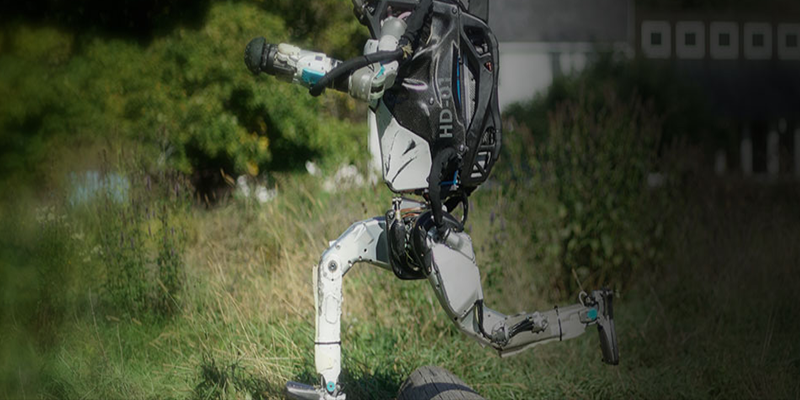![]() Follow Us on Google News
Follow Us on Google News
The aspiration to create a robot that combines human-like qualities with practical utility has been a longstanding engineering pursuit, fueled by the influence of popular science fiction. Despite the recent surge of interest in artificial intelligence, which has prompted increased investment in humanoid robot development, many of the current prototypes remain unwieldy and ill-suited for real-world applications, often excelling in controlled performances rather than practical use. Nevertheless, a select group of startups persists in their efforts.
Jonathan Hurst, the co-founder and chief robot officer at Agility Robotics, emphasizes that their goal is not merely to mimic human appearance but to design robots capable of functioning in human environments. The intention is to create robots that can operate effectively in human-centric spaces. Agility’s warehouse robot, Digit, exemplifies this approach. Currently, Digit’s primary task is to handle tote bins. Amazon has announced plans to test Digits for use in their warehouses, and Agility established a factory in Oregon for mass production.

Digit features a head equipped with cameras, sensors, and animated eyes, along with a torso serving as its power source. It possesses two arms and two legs, but its leg design is more reminiscent of birds, with an appearance similar to digitigrade animals like birds, cats, and dogs that walk on their toes.
Competing robot manufacturers, such as Figure AI, maintain a more stringent view that only genuine humanoids can effectively navigate various environments, including workplaces, homes, and a society designed for humans. Figure AI also plans to begin with relatively simple use cases, such as deployment in retail warehouses, but envisions a commercial robot that can adapt and perform multiple tasks, addressing the declining workforce due to decreasing birth rates.

Figure AI’s CEO, Brett Adcock, recognizes the massive potential market for humanoid robots in jobs where a shortage of human workers exists. The goal is to create robots that can perform tasks that humans are reluctant to undertake. Currently, Figure AI lacks a market-ready prototype, despite being founded just over a year ago and securing substantial funding. They recently released a 38-second video of a Figure robot navigating their test facility in Sunnyvale, California.

Elon Musk, the CEO of Tesla, is also in pursuit of humanoid robotics with his project “Optimus.” Tesla’s live demonstration of the robot’s movements last year failed to impress robotics experts. Meanwhile, Apptronik, a neighbor of Tesla in Austin, Texas, unveiled its Apollo humanoid in a video demonstration in August, indicating potential progress.
While the substantial attention and financial resources invested in developing cumbersome humanoid robots may appear to some as an extravagant pastime for wealthy technologists, for certain trailblazers in the field of legged robotics, it’s about the knowledge gained throughout the journey. As Marc Raibert pointed out, the development path is often not a linear one. Boston Dynamics, now a subsidiary of Hyundai, previously explored the creation of a humanoid robot capable of handling boxes.


































